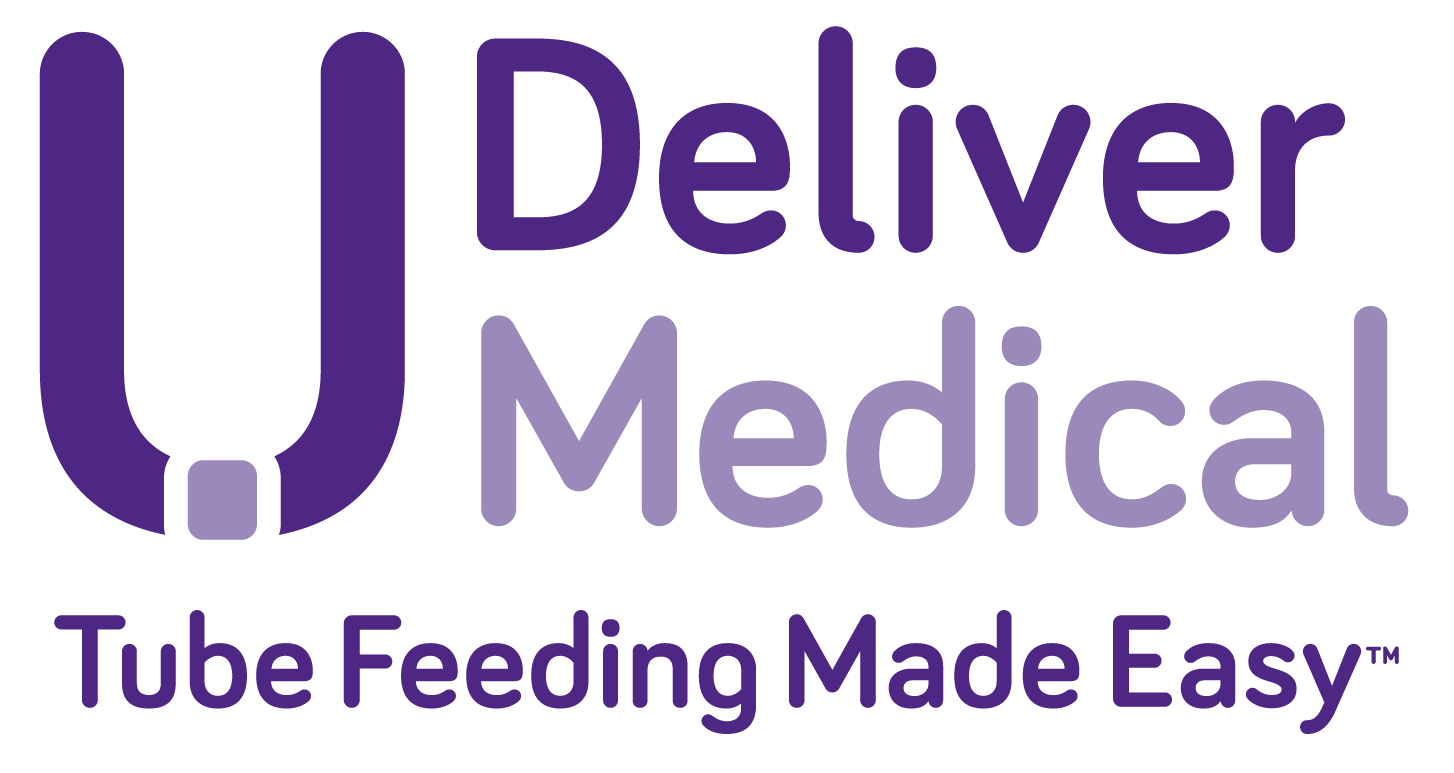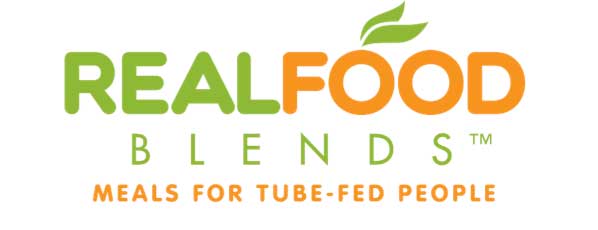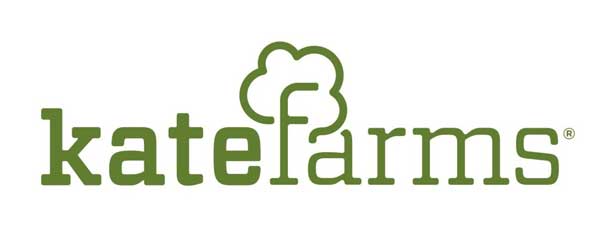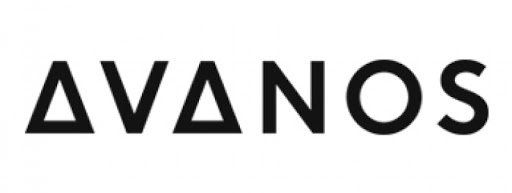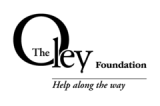Follow Us
Join our newsletter
We will get back to you as soon as possible
Please try again later
Resources
Tube Feeding Resources
Here are some tube feeding resources that can help you answer tube feeding questions. If there is something you are looking for and you can’t find it here, please contact us and we will do our best to find that connection for you.
Clinical Studies
To learn about new options in tube feeding at home, click on this link to this article by Lisa Epp, RDN, CNSC, LD, Assistant Professor of Nutrition, Mayo Clinic College of Medicine and Science, Division of Endocrinology, Mayo Clinic, Rochester, MN – Blenderized Feeding Options – The Sky’s The Limit .
For read more about using the Bolee Bag for home tube feeding, click on the following link to a clinical study by Dr. Debra Milton (Umea University) and Teresa W. Johnson DCN, RDN, FAND (Troy University) Accepted Safe Food‐Handling Procedures Minimizes Microbial Contamination of Home‐Prepared Blenderized Tube‐Feeding
Another study by Dr. Debra Milton (Umea University) and Teresa W. Johnson DCN, RDN, FAND (Troy University) comparing the cleanliness of Bolee Bags to bolus syringes when used with home blenderized tube feeding was published in NCP Nutrition in Clinical Practice with the conclusion being "The feeding bag used in this study may be used multiple times for BTF with a reduced risk of microbial contamination when manufacturer's cleaning guidelines are followed." Low risk for microbial contamination of syringe and tube feeding bag surfaces after multiple reuses with home blenderized tube feeding
FAQs
-
What is ENFit®?
ENFit is the standard connector for all tube feeding supplies. It is designed to prevent tubing misconnections, such as connecting tube feeding sets to I.V. catheters.
The best part about the ENFit system is that it screws together, making for a tight seal that makes it almost impossible for the connection between Bolink® tubing and the feeding tube or extension set to accidentally come apart or more importantly, leak.
-
Why are the Bolee Bag and Bolink Caps only available in the United States?
The Bolink Caps are regulated medical devices. At this time we only have regulatory clearance for sales in the United States. Expanded distribution into other countries will happen in the near future.
-
Is the Bolee Bag and Bolink Caps reimbursed by insurance?
The Bolee Bag and Bolink Caps are gravity products and are covered within HCPCS Code B4036 and S9341 – Enteral Feeding Kit – Gravity. Your DME or infusion supply company will be able to get reimbursement for the products if they provide it to you as part of the monthly gravity supply kit.
You can also use funds from you health savings account (HSA) to pay for or get reimbursed for the purchase our products through our store.
-
How long has U Deliver Medical been in business?
U Deliver Medical began selling products in February 2018.
-
Does the Bolink Small Cap fit all brands of store bought puree products?
The Bolink Small Cap fits the vast majority of store bought puree brands.
Click here for more information.
-
Does the Bolee Bag need to be sterilized in between uses?
The Bolee Bag is a food container made from food grade plastic. It, like all U Deliver Medical products, is produced and packaged in a controlled clean room environment.
Like most enteral delivery products it is not sterile packaged. After each use you should wash it thoroughly with warm, soapy water and allowed to air dry.
If you feel it is necessary, it is possible to sanitize the Bolee Bag periodically using a 10% bleach solution. If you are unsure about the need to sanitize the Bolee Bag or have questions about it, ask your healthcare provider.
The following are CDC guidelines for sanitizing baby bottles:
Prepare a bleach solution of 1 teaspoon of unscented bleach per gallon (16 cups) of water in a clean wash basin.
Submerge the bag and cap completely, checking that the solution touches all parts and there are no air bubbles in the bag.
Soak items in solution for at least 2 minutes.
Remove with clean hands or tongs. Do not rinse because germs could get back onto the sanitized items. Any remaining bleach will break down quickly.
This process is similar to what is done to sanitize dishes in restaurants.*
*CDC Guidelines
-
How long does the Bolee Bag last?
The Bolee Bag is made from extra thick food grade plastic film with reinforced side seals. During development it was tested using a fill, freeze, thaw, deliver, wash and rinse cycle for 15 times without a failure. Individual experience may vary.
-
What can be done to improve the flow of Bolee Bag/Bolink Large Cap System?
For best results with a low profile or button feeding tube, always use a straight bolus extension set.
The speed at which the Bolee Bag empties depends on the consistency of the nutrition in the Bolee Bag. If you are using a homemade blend or thick commercial product, adding water to the blend and increasing blending time will improve the flow rate. Kneading the nutrition prior to priming can also make it flow easier.
As the Bolee Bag empties roll up the bag like a tube of tooth paste. This helps put pressure on the Bolee Bag and empty the contents.
Steady, consistent pressure is better than squeezing as hard as possible.
When priming the Bolink Large Cap tubing, “burp” the Bolee Bag to remove as much air as possible. This creates a vacuum helping draw the fluid out of the Bolee Bag. A ‘burped” Bolee Bag is easier to squeeze than one with air still in it.
To burp the Bolee Bag, open the clamp on the Bolink Large Cap, attach it to the filled Bolee Bag with the tubing pointed up and squeez the Bolee Bag until fluid fills the tubing and then close the clamp.
When the only fluid left in the Bolee Bag remains in the cap, slightly loosen the Bolink Large Cap to release the vacuum. Retighten and continue the meal.
bFed® System Overview
Bolink® Small Cap for Snacktime
Filling the Bolee Bag with Commercial Packaged Food
Cleaning the bFed® System Between Uses
Organizations
Feeding Tube Awareness is an organization that helps parents by sharing practical experience for tube-feeding infants and children.
The Oley Foundation is a national, independent, non-profit 501(c)(3) organization that strives to enrich the lives of those living with home intravenous nutrition (parenteral) and tube feeding (enteral) through education, advocacy, and networking. The Foundation also serves as a resource for consumer’s families, clinicians and industry representatives, and other interested parties.
The Global Enteral Device Supplier Association (GEDSA) is a nonprofit trade association formed to establish a voice for addressing issues that face enteral device manufacturers, suppliers, and distributors, and to help introduce international standards for healthcare tubing connectors.
7900 Excelsior Boulevard, Suite 108
Hopkins, MN 55343 USA
info@udelivermedical.com
Phone: 952-200-0270
Helpful Links
Provider Solutions
All Rights Reserved | U Deliver Medical, LLC
